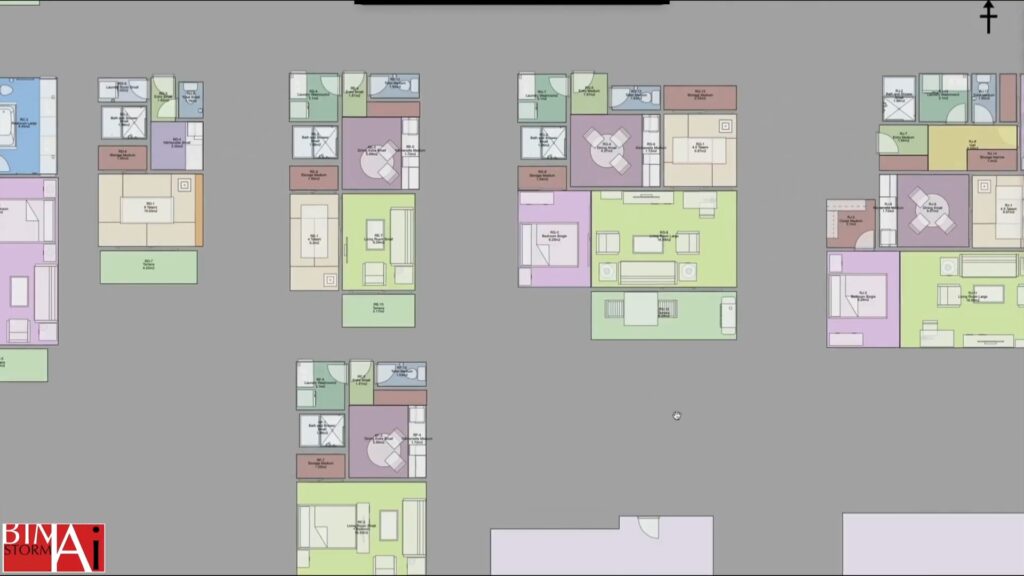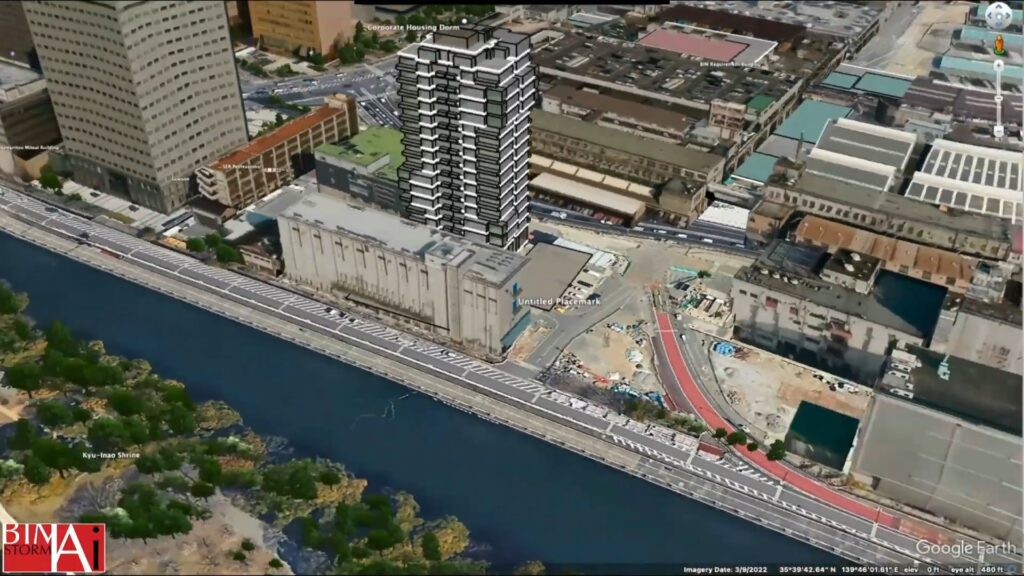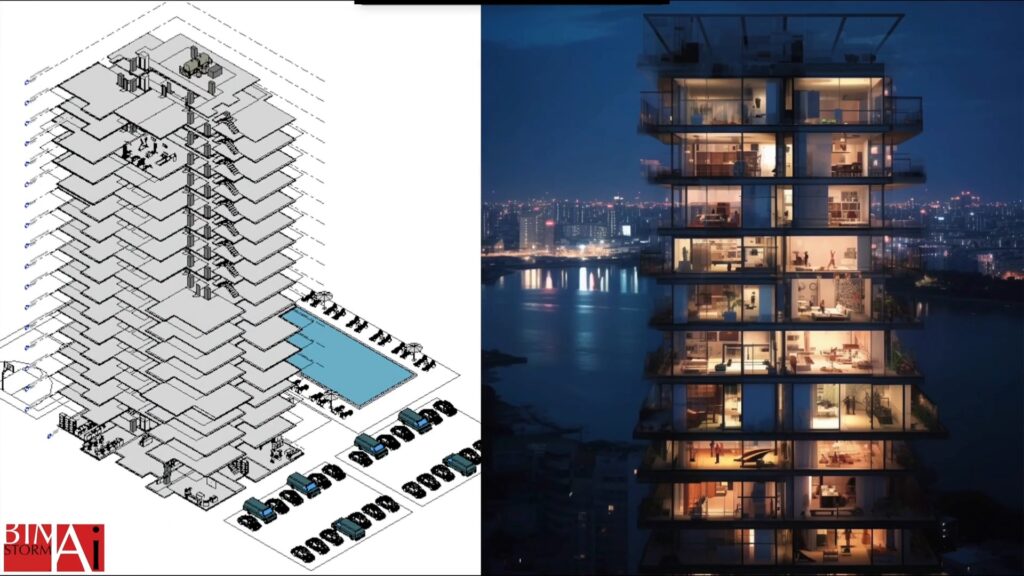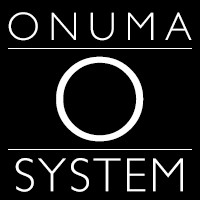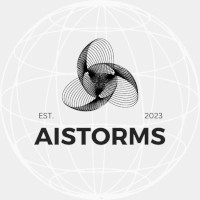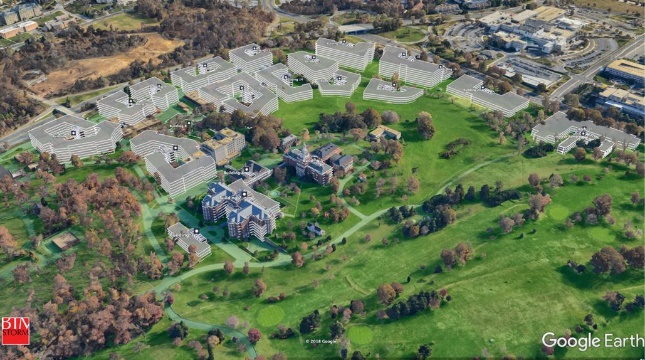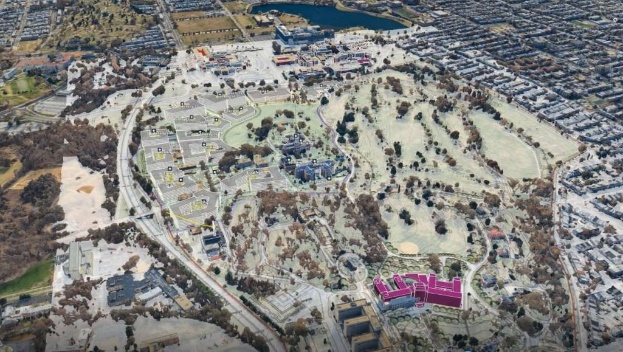
Artificial Intelligence
and Digital Twins
Asset Management
Governance
ONUMA, Inc., other ALN Member Organizations, other associations, and the ALN are building on 15 years of collaboration to offer ALN AiBrainStorms. Participants will learn how to use Artificial Intelligence and Digital Twins governed with Asset Management to bring dramatic improvements to organizational mission success.
Participants realize they can use new tools in productive ways that help their organizations . . . NOW!
Request an ALN Executive Briefing with supportive owners, ALN Organizational Members, ALN Senior Fellows, and ALN Executives as facilitators. Contact Mike Bordenaro, ALN Executive Director, for more information. mbordenaro@AssetLeadership.net
ALN AiBrainStorm: PORTSstorm
The application of proven tools and processes will be applied to the Ports Industry in an interactive workshop/demonstration. Learn how to gain dramatic improvements to mission outcomes in the Ports industry.
Trent Port Services will lead a fictional scenario involving the use of AI and Digital Twins to solve common problems in Ports Industry operations. Learn how to plan, design, engineer, construct, commission, operate, and manage Ports with information that remains meaningful from initial concept through decommissioning.
CDV Systems and ONUMA, Inc., will build on their successful workshop/demonstrations with the ALN from earlier in the year.


Leader Spotlight:
Kimon Onuma, FAIA, President of ONUMA Inc. has worked with various federal agencies through the National Institute of Building Sciences, including the Department of Defense Military Health System, Department of Veterans Affairs for healthcare strategic planning, programming and facility management, and the Department of State Overseas Building Operations. His unique approach emphasizes agile, lean, and facility life-cycle management.
BIMStorm Highlights:
ALN BIMStorms Backstory and Resources
In the first part of the 2000s, Kimon Onuma was making Building Information Models in a web environment complete with virtual assets like furniture, fixtures, equipment, roads, fleets, water systems, and more.
In workshops, people learned how to communicate via the web, sharing data from multiple different software programs using secure, open standards. The virtual project would change, but the process of sharing and collaborating on the web remained the same – and improved every year as tools and processes and computer power improved.
This business process was well received. Mr. Onuma wanted let everyone know about the ways to dramatically improve outcomes by using virtual assets and web-based information sharing to increase organizational mission success.
In 2007, Mr. Onuma talked with his colleagues about the ways many people could contribute to a day-long “BIMStorm” – a global, online, brainstorm using web-based Building Information Models and more. Mr. Bordenaro was one of the people who contributed to the first BIMStorm and continued to work on them.
2016 Federal Asset Management Policy Forum – Presentation PDF
https://www.assetleadership.net/wp-content/uploads/2016/11/12-Asset-Knowledge-EnablerCase-Study-on-Information-Management-with-BIMStorm.pdf
In 2017, ONUMA, Inc. sponsored the ALN’s Federal Asset Management Implementation webinar series. Mr. Onuma was featured in multiple web programs about improving federal asset management. One web program featured buildingSmart alliance thought leaders and included Kimon Onuma, who comes on the following video at minute 40:00 –
https://www.youtube.com/watch?v=4QR2LGWq6zI
Mr. Onuma comes in at minute 15:00 on this video program about improving asset risk management with information management –
https://www.youtube.com/watch?v=4QR2LGWq6zI
In 2018, Kimon Onum and Mike Bordenaro presented together at the Voice of Blockchain conference in Chicago’s Navy Pier. They noted that Blockchain requires governance systems to be in place, that ISO 55K offers a governing system for tangible and intangible assets, and that data visualizations help management of all types of assets. Materials are at this link:
https://www.bimstorm.com/blockchain.html
In 2019, there was a Pilot Asset Management Lab at the University of the District of Columbia. The course featured Stacey S. Tyley, SES, Director, AFRH Real Estate Development, Armed Forces Retirement Home, Washington, D.C. At the course final presentation, Ms. Tyley said, “Coupling the ISO 55000 tools and lessons, the Onuma System, other open-source applications and data, we’ve started to visualize and articulate what we might be able to achieve. UDC’s pilot class on asset management was our enabler.” Ms. Tyley’s video highlight and related material from the final presentation
https://youtu.be/ujGAAz-fBr8
All material from the University of the District of Columbia pilot class on asset management in 2019 is available at this link: https://www.bimstorm.com/assetlab.html
In 2020, the ALN BIMStorm built on the many years of healthcare planning and modeling conducted by ONUMA, Inc. to hold a workshop focused on planning temporary healthcare facilities, as the need was great at the time for these types of facilities. Art Kurland, Director, Capital and Asset Management, University Health “lent” a virtual parking lot and health clinic modules filled with equipment were placed in the lot.
https://www.bimstorm.com/swarm.html
https://www.assetleadership.net/asset-management-systems-approach-to-planning-hospitals/
In 2022, the unwanted war on Ukraine had our attention, so we planned ways to show support for our friends in that war-torn country. We took the healthcare modules and “landed” them in Ukraine near hospitals that were being supported by solar mircogrids that our colleagues were actually implementing.
https://www.assetleadership.net/aln-2022-spring-summit-microgrid-bimstorm-focus-onukraine/
Now, in 2023, we are moving the modules and adjusting them for the needs in Turkey and Syria
to show how a structure approach to asset management that includes digital twins can improve
intended outcomes in disaster relief situations when applied appropriately.

